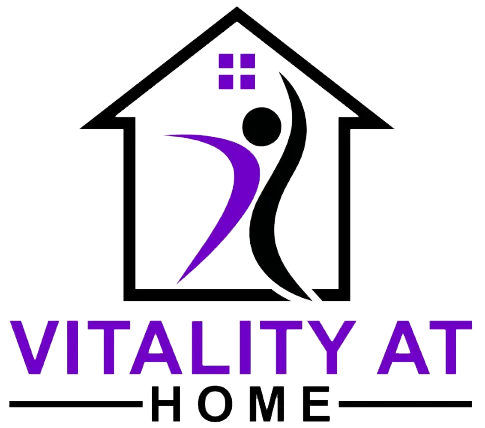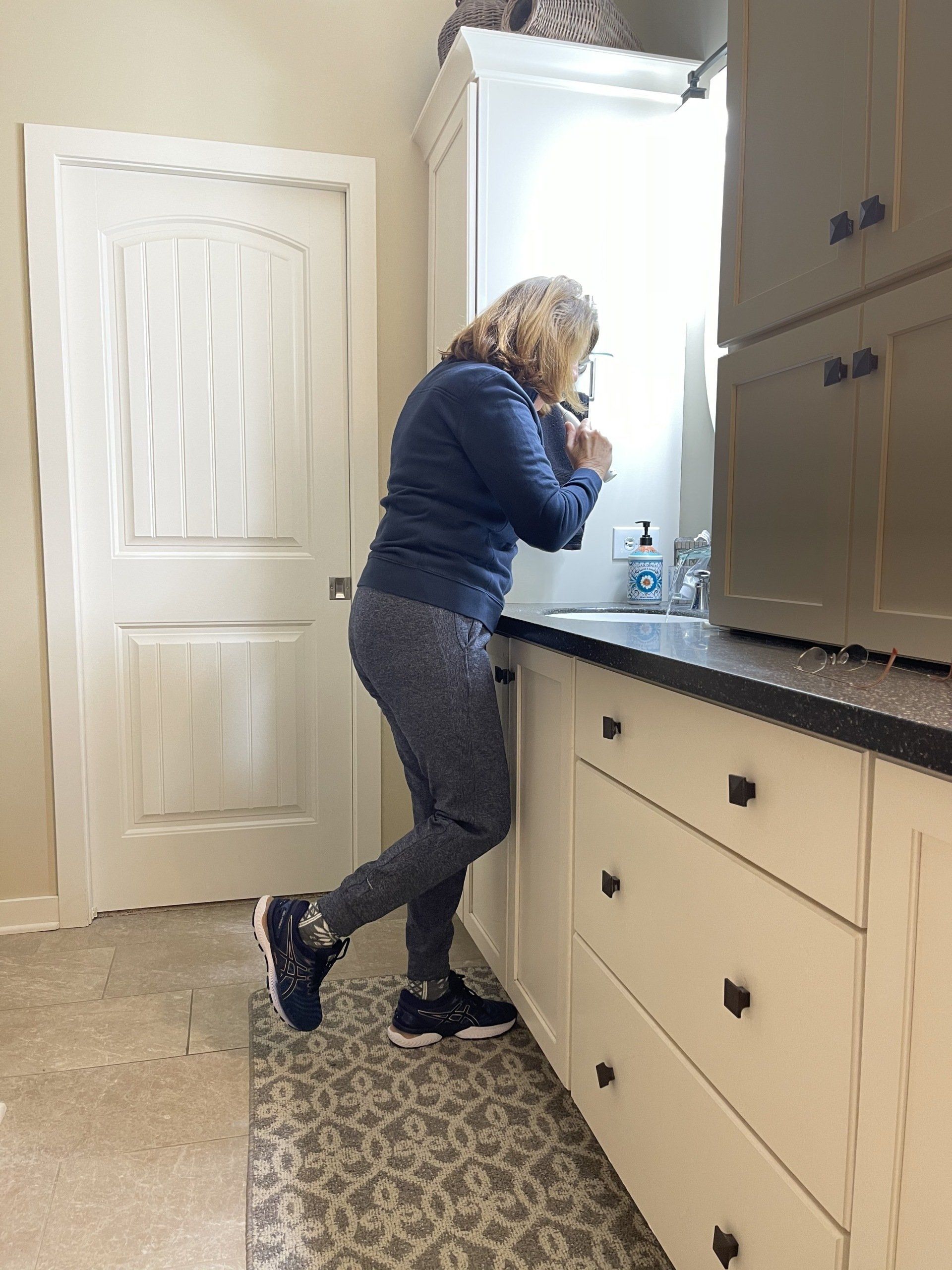2023: New Year, New Habit
Make 2023 the year you live your best life
Historically, the new year marks a fresh start, new motivation to work towards a “new me”. We set goals to be happier, to worry less, to exercise more or eat better. Arguably, of these goals, the most popular goal for the new year is to generally be healthier. But what does that mean? Does it mean to exercise more? Eat healthier? Get more sleep? Have less stress in your life? We all know what we want to work on in the new year, but do we know how? If you want to know the how to your what, keep reading!
Choose A Habit, Not A Goal
We talk a lot about goal setting- exercise to get into better shape, sleep more to be more rested or relax more and worry less. We believe that setting a specific and actionable goal is the best way to achieve what we want. The truth is, achieving what we want is less about what the result (goal) is and more about what we do along the way to get there. What if we replaced “goal setting” with beginning or changing a habit? Habits can be good or bad, right? So, choose a bad habit you want to stop or a good habit you want to start. Habits are the building blocks of our results. Let’s focus on creating good habits in 2023!
Be More Aware
Creating a list of your daily habits can bring great insight into your behavior. Once you create a list of all your daily habits, you can go through and put a (+) or a (-) next to the habit. The marks you give a certain habit will depend on your situation and goals. For example, a habit of yours in to drink a cup of coffee on the couch for an hour when you first wake up. If you are trying to move more each day, that would be considered a (-) habit. If you are trying to be less stressed and you make sure you get 7-8 hours of sleep a day, you would put a (+) next to your habit of going to be at 9 PM. This is the first step to behavior change- paying more attention to what we are doing NOW will help us do something different.
Make A Plan
The implementation intention is a strategy for behavior change that specifically states what your plan is to implement a habit. Having written cues for time and location to implement your habit will significantly increase your chances for change.
The formula is as follows: I will [BEHAVIOR] at [TIME] in [LOCATION].
An implementation intention for getting more exercise in may look like this: After I have my first cup of coffee in the morning, I will walk for 30 minutes. Write your plan down and put it somewhere you will see it right before the [TIME] you intend to implement.
Motivation Comes & Goes
Motivation is what inspires us to make a change, but we are not in control of when it comes or goes. So, let your motivation inspire you to start, but do not count on it to stick around because I can guarantee you that there will not be motivation to take that morning walk when it is 25 degrees and snowing. Discipline is what keeps you going on those snowy days. So how do we stay disciplined? Remember your “why”- why do you want to move more? Is it because you and your spouse want to stay healthy enough to keep traveling? Is it because you want to be able to hold and carry your new grand-baby? Or is it because you want to eventually be the oldest person in your pickle ball league? Whatever you “why”, also remember that everyday matters and it only takes small changes to lead to large changes over time.
Treat Yourself
Not with what you think- if your goal is to lose weight in the new year, indulging in a cheat meal after a long walk is not beneficial! But you will repeat habits if you feel immediately rewarded. It does not have to be a huge reward, something small will do. For example, if you want to exercise more- every time you exercise, put $1 in a jar, and once you collect $50 buy yourself something. A habit tracker is another great way to feel rewarded- especially if you are competitive, see how long you can keep your streak going.
The Buddy System
Finally, having an accountability partner goes a long way. It does not always have to be someone that is on the same journey you are. The person just needs to be someone who will hold your feet to the fire and not encourage you to fall off the wagon. Research shows that people have more fun and are more consistent with exercise when they do it with a friend.
So, this new year, choose a habit instead of a goal. Make small lifestyle changes that are sustainable and will lead to major change over time. Oh…one more thing…don’t wait until January 1- START TODAY!!!
Wait, so what’s Geriatric Physical Therapy?





